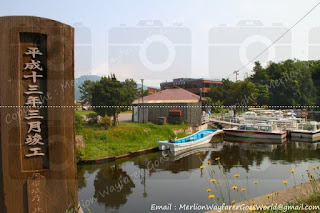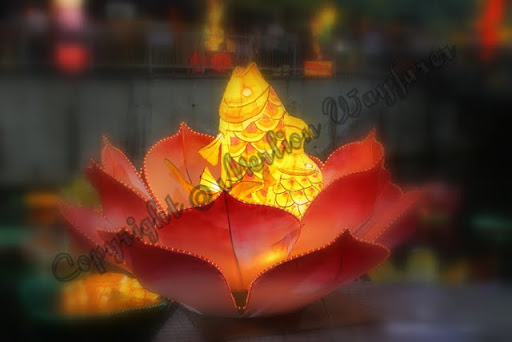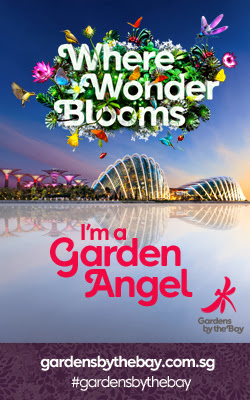Sapporo (札幌), Ishikari (石狩)
Hokkaido, Japan
Summer 2011

Susukino (すすきの) is a red-light district located in Chūō-ku, Sapporo, Hokkaidō, Japan. It is one of the major red-light districts in Japan along with Kabukichō, Tokyo, and Nakasu, Fukuoka. Currently, the district is congested with many restaurants, bars, hotels, and adult-entertainment establishments. Susukino is not an official designation of any municipality. Rather, it is a commonly used name for a rough area with uncertain borders.
Susukino is often noted as "薄野" in Kanji, and "ススキノ" in Katakana, and directly translated as "zebra grass field". Various origins for the name Susukino are discussed, but the true origin is not definitely known. One theory is that the area currently known as Susukino was previously covered by Miscanthus Sinensis, literally "zebra grass" ("susuki" in Japanese), a grass native to eastern Asia". Another theory states that the Susukino is named after Tatsuyuki Usui, a supervisor in the construction of the red-light district in Sapporo (Usui is written as "薄井" in Kanji, and the letter "薄" refers to the Susuki in Japanese) .
Bright lights, big city, busy junctions...
Many eateries serving a variety of tantalizing cuisine...
(Crab is a specialty here!)
Floor directories for adult entertainment services...
(The directory for these services are different from the dining outlets -
They are more plain and usually do not include brand elements and colours)
These billboards go up sky high!
It's interesting to see how the concept of "beauty" is portrayed here to entice customers inwards...
There are watchers and promoters for the adult services stationed all over town...



A cigarette vending machine located within easy access to all passers-by...
Ramen Yokocho is a narrow alley lined with shops
serving Sapporo's famous ramen in 101 different delicious flavours!
Walking human "billboards" which are just so kawaii!
Candy floss is sold in several carts in this district. A friendly pushcart owner gives us a toothy smile...
A bit paradoxical to find a huge religious symbol of the Goddess of Mercy
within walking distance of this district...
A police post is nearby too, with its mini-cars patrolling the district...
The full album is available at:
Susukino's Red Lights


































































